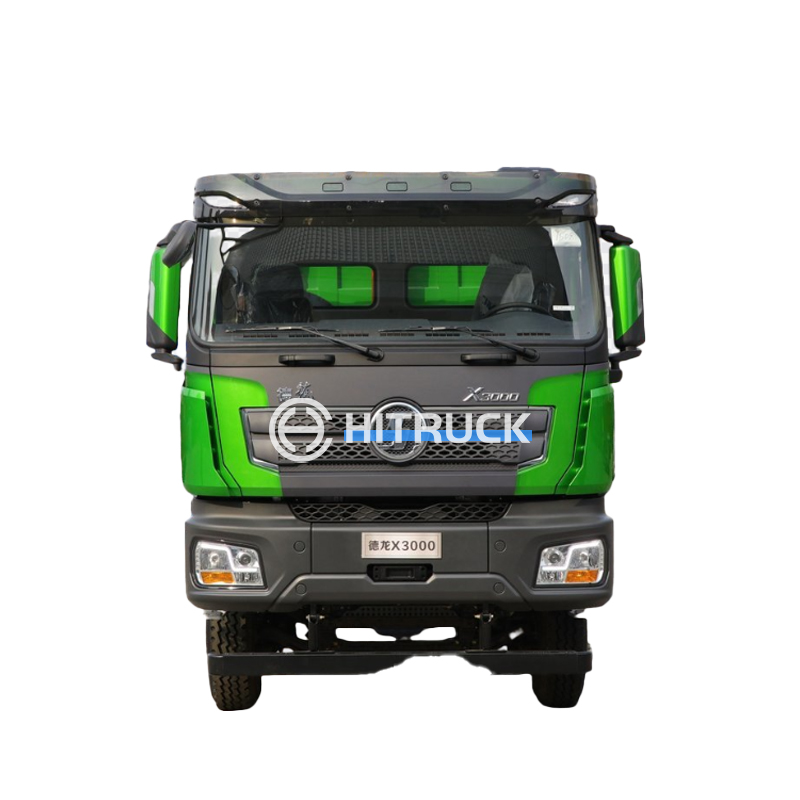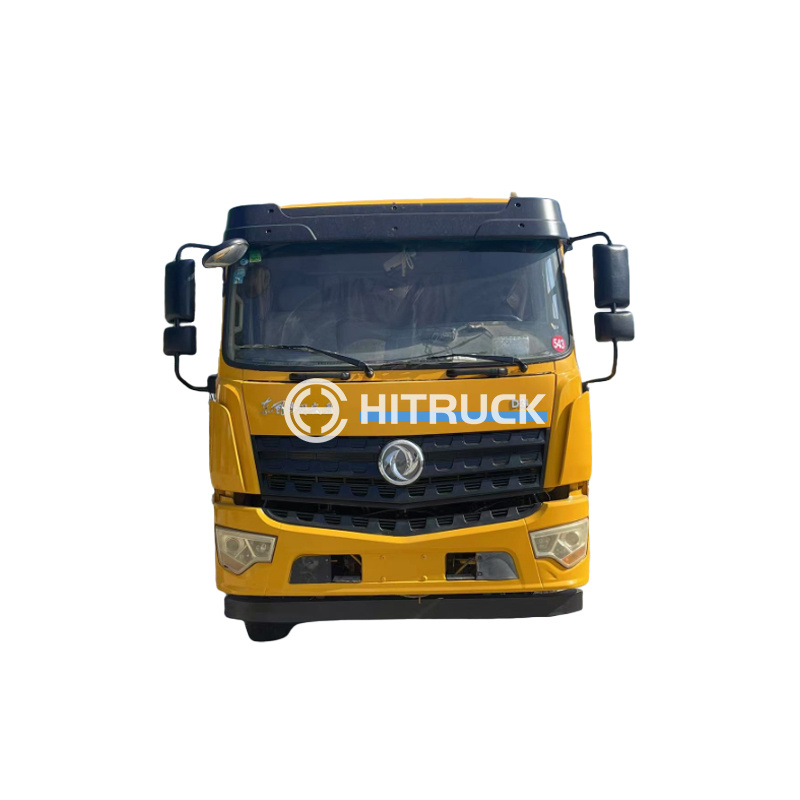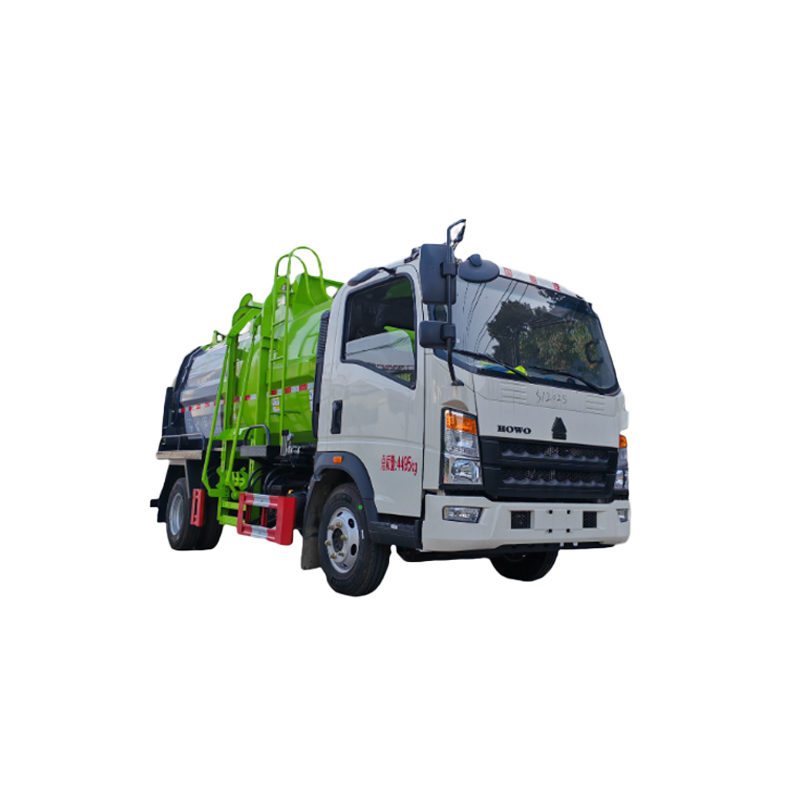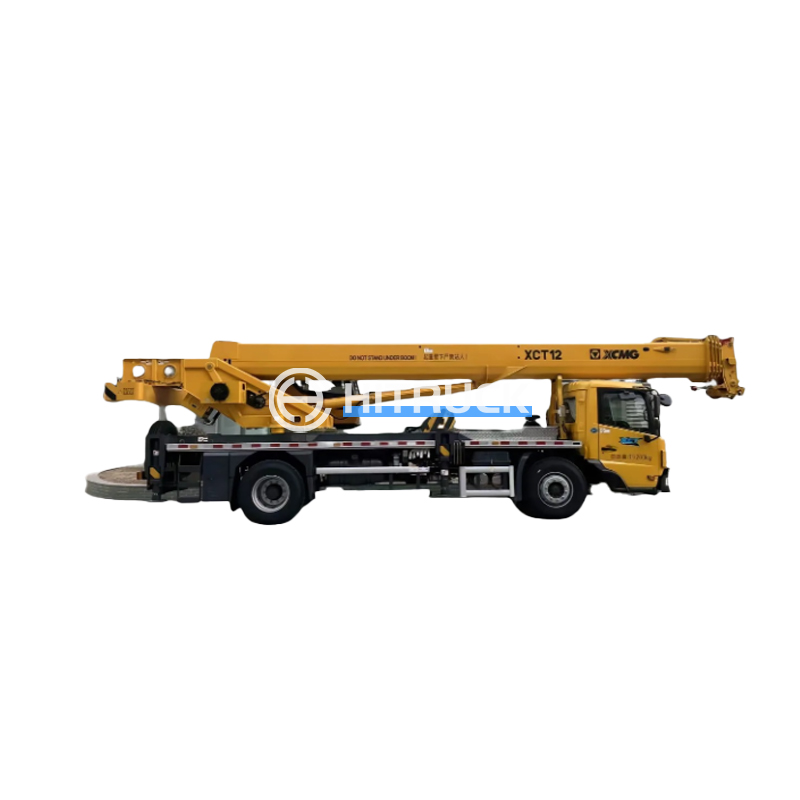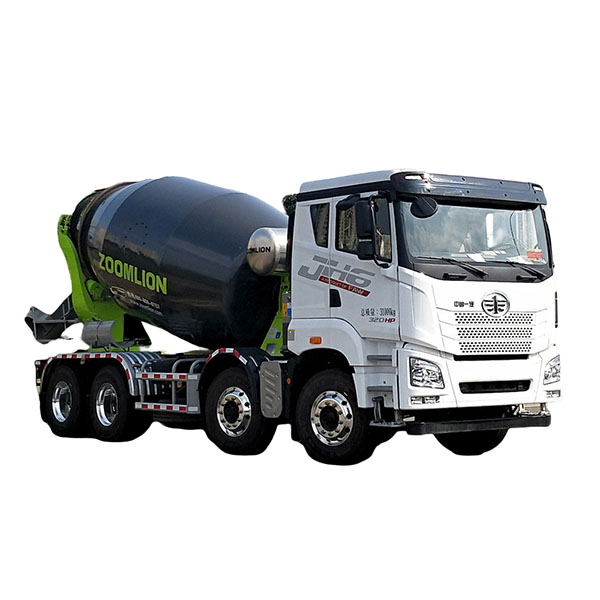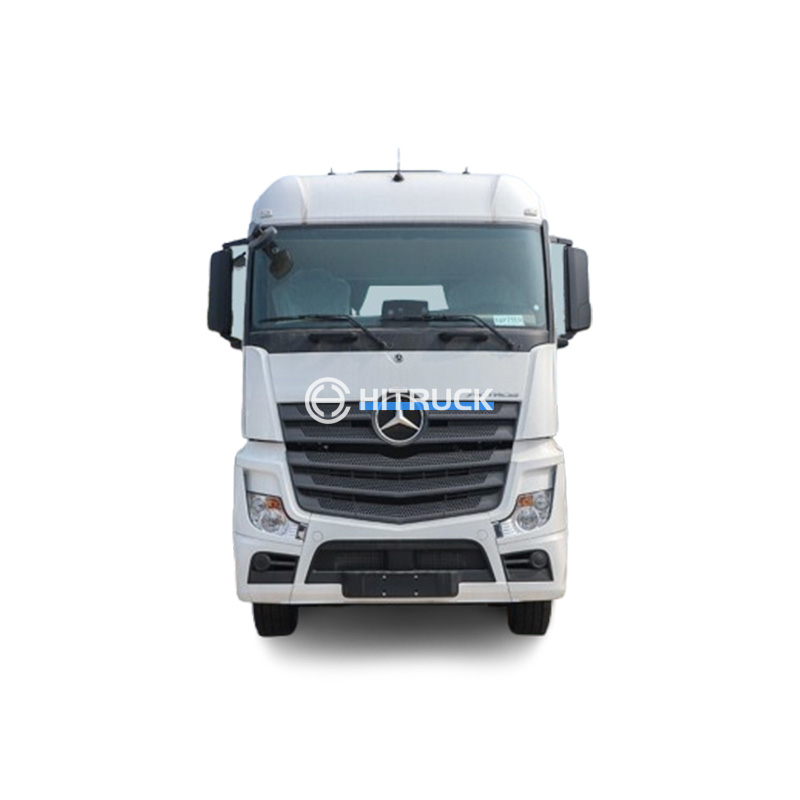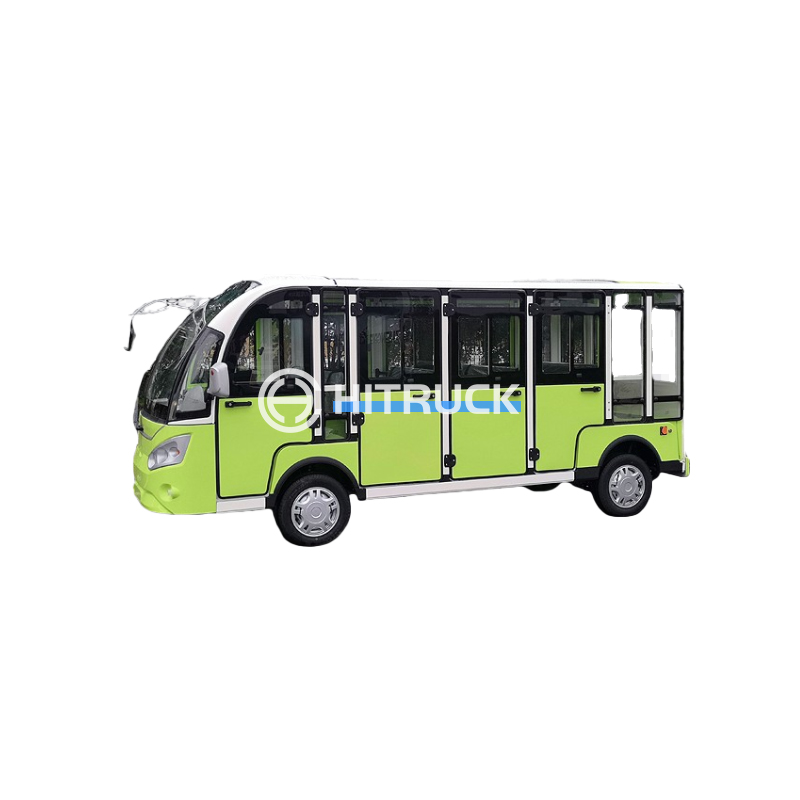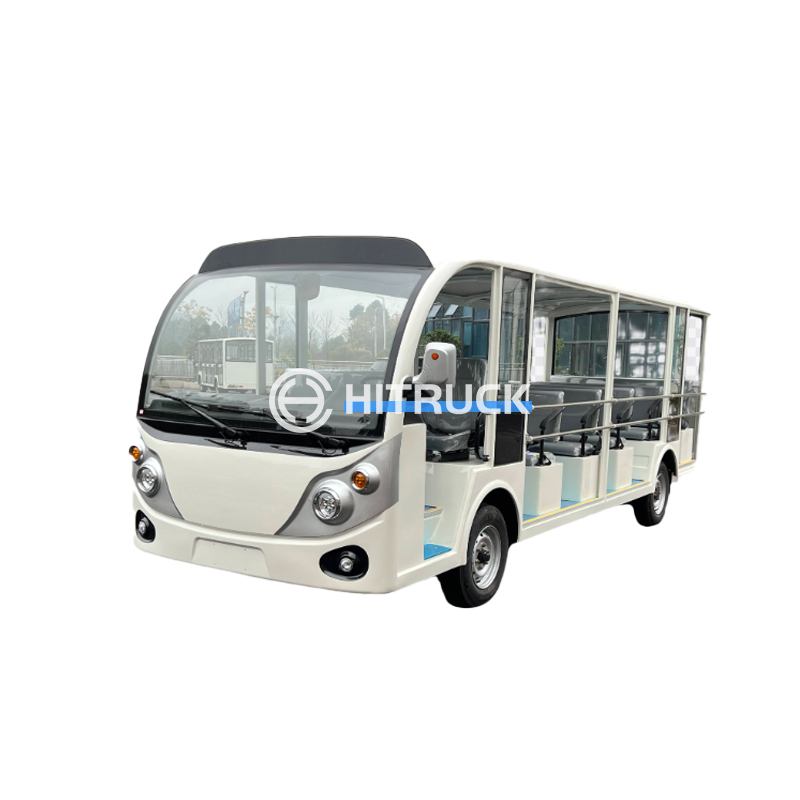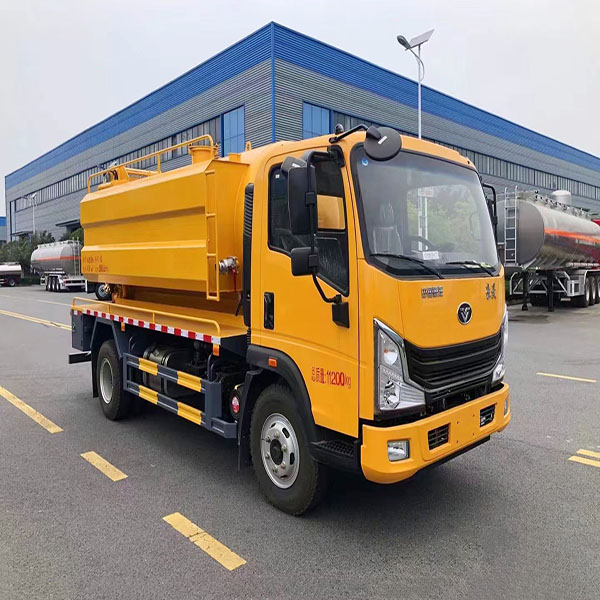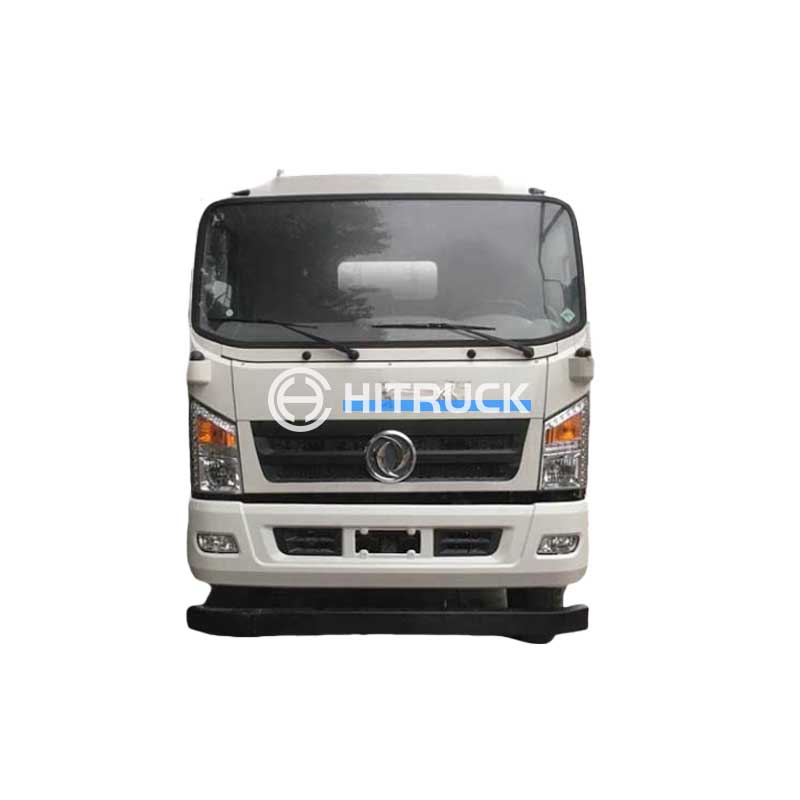This guide provides a detailed overview of 10 ton overhead cranes, covering their specifications, applications, safety considerations, and maintenance. We'll explore different types, key features to consider when purchasing, and crucial factors for ensuring safe and efficient operation. Learn how to choose the right 10 ton overhead crane for your specific needs and optimize its performance.
Single girder 10 ton overhead cranes are ideal for lighter-duty applications where headroom is limited. They offer a cost-effective solution for workshops, warehouses, and smaller industrial settings. Their compact design makes them suitable for environments with restricted space. However, their load capacity is generally lower compared to double girder cranes.
Double girder 10 ton overhead cranes provide greater lifting capacity and stability compared to single girder models. They are commonly used in heavier industrial applications requiring higher lifting weights and more robust construction. The double girder design allows for higher load bearing and longer spans. Consider a double girder crane for demanding environments and heavy-duty operations.
Beyond the girder type, other factors influence the selection of a 10 ton overhead crane. These include the hoisting mechanism (electric chain hoist, wire rope hoist), the type of control (pendant, remote control, cabin control), and the required span. Careful consideration of these factors is crucial to ensure the crane meets the specific requirements of your application. For example, a wire rope hoist may be preferable for heavier lifting tasks over an electric chain hoist.
Selecting the appropriate 10 ton overhead crane involves assessing several critical features. The following table summarizes key considerations:
| Feature | Description | Importance |
|---|---|---|
| Lifting Capacity | Ensure the crane can handle the maximum weight you anticipate. | Critical |
| Span | The distance between the crane's supporting columns. | Important |
| Hoisting Height | The vertical distance the crane can lift. | Important |
| Hoist Type | Electric chain hoist or wire rope hoist; choose based on load and duty cycle. | Important |
| Control System | Pendant, remote, or cabin control; consider ease of use and safety. | Important |
| Safety Features | Limit switches, overload protection, emergency stops. | Critical |
Regular inspections and preventative maintenance are crucial for the safe and efficient operation of a 10 ton overhead crane. This includes regular lubrication, visual inspections for wear and tear, and adherence to all safety regulations. For specific maintenance schedules and procedures, always consult the manufacturer's guidelines. Never operate a crane that shows signs of damage or malfunction.
Selecting a reputable supplier is vital. Look for companies with a proven track record, a wide range of products, and excellent customer support. Consider consulting with industry professionals and researching potential suppliers thoroughly before making a decision. Suizhou Haicang Automobile sales Co., LTD offers a wide range of heavy-duty equipment.
Remember, the selection and operation of a 10 ton overhead crane require careful planning and adherence to safety regulations. This guide provides a starting point; always consult with qualified professionals for specific advice tailored to your unique needs and application.


